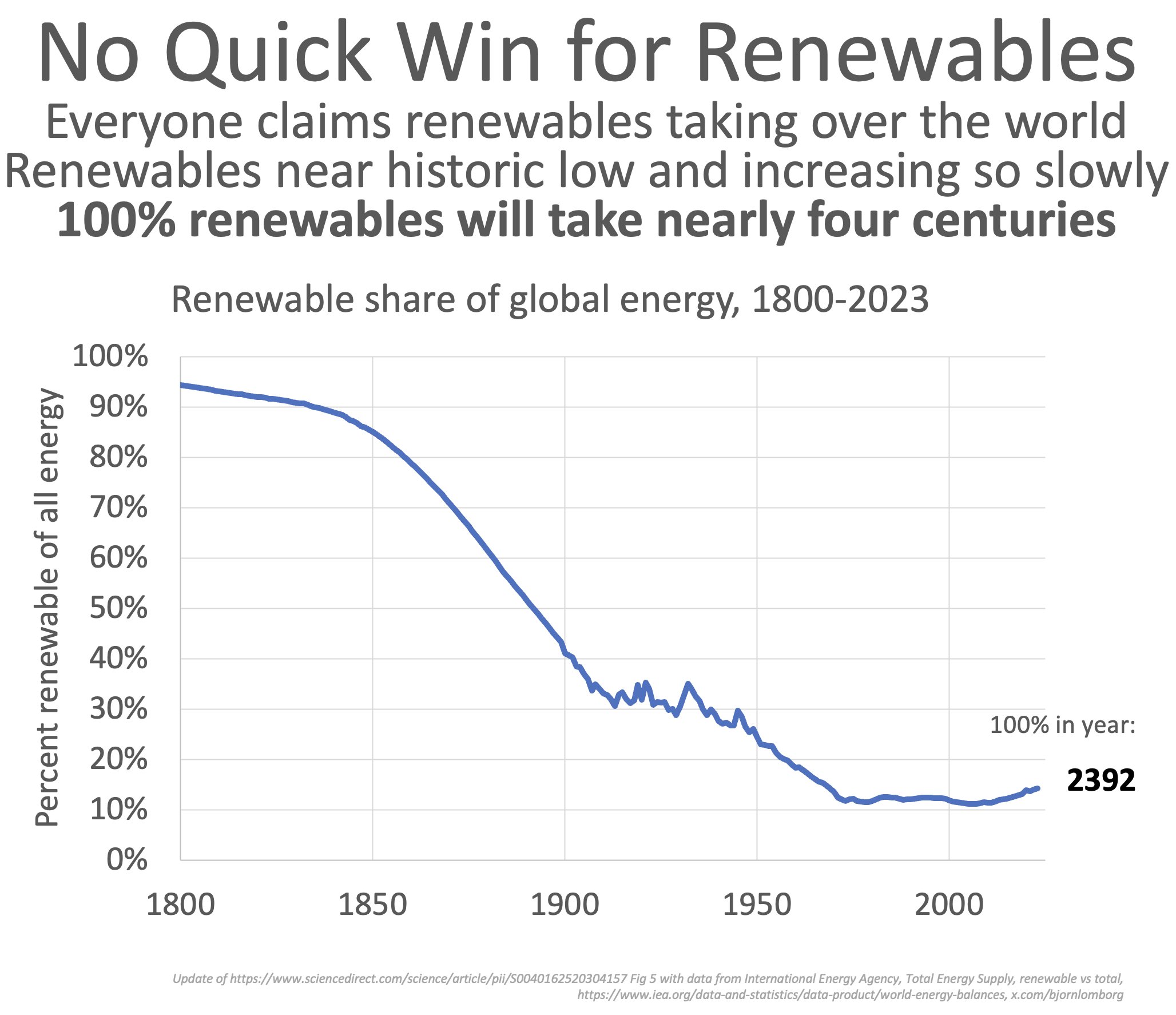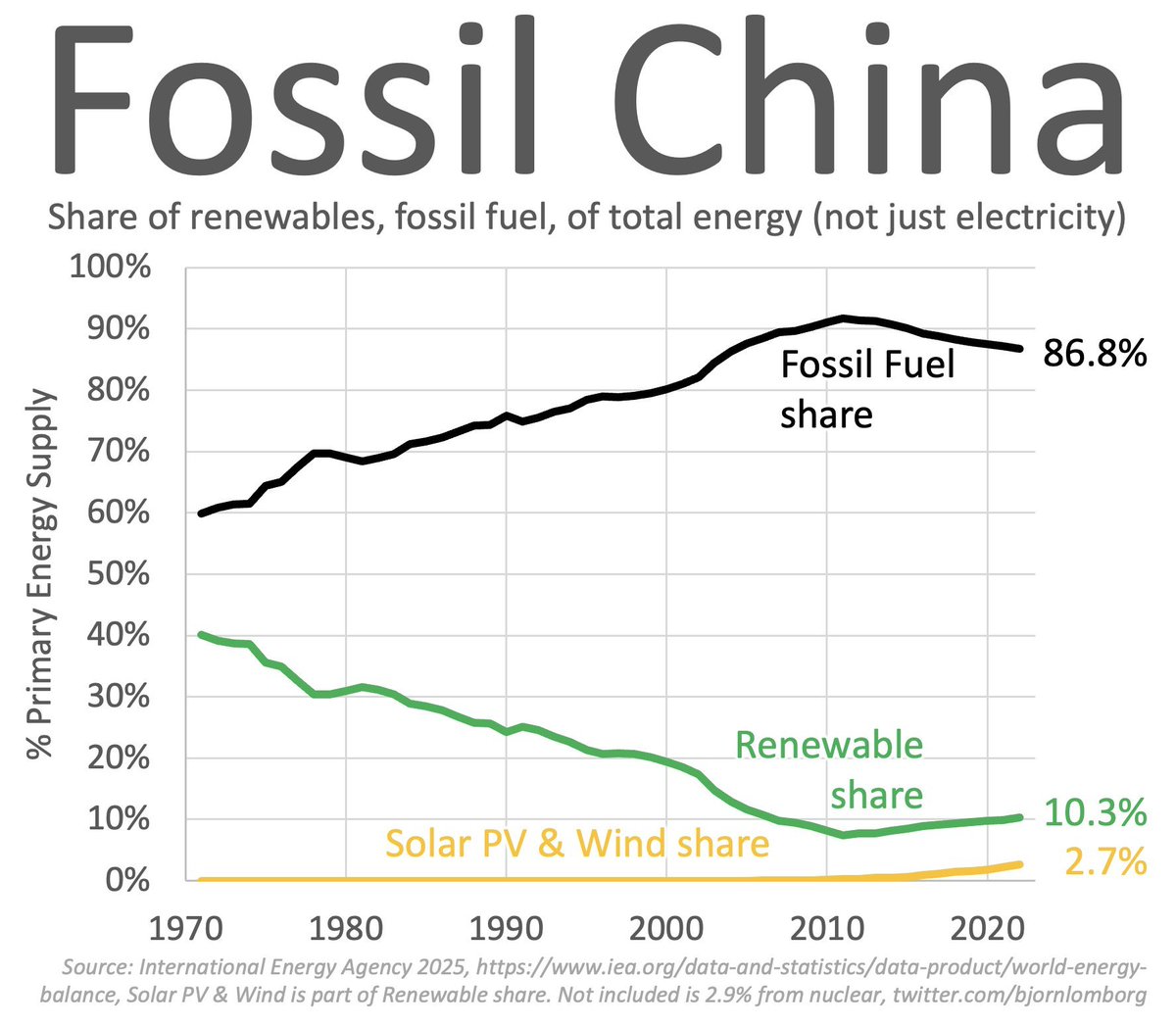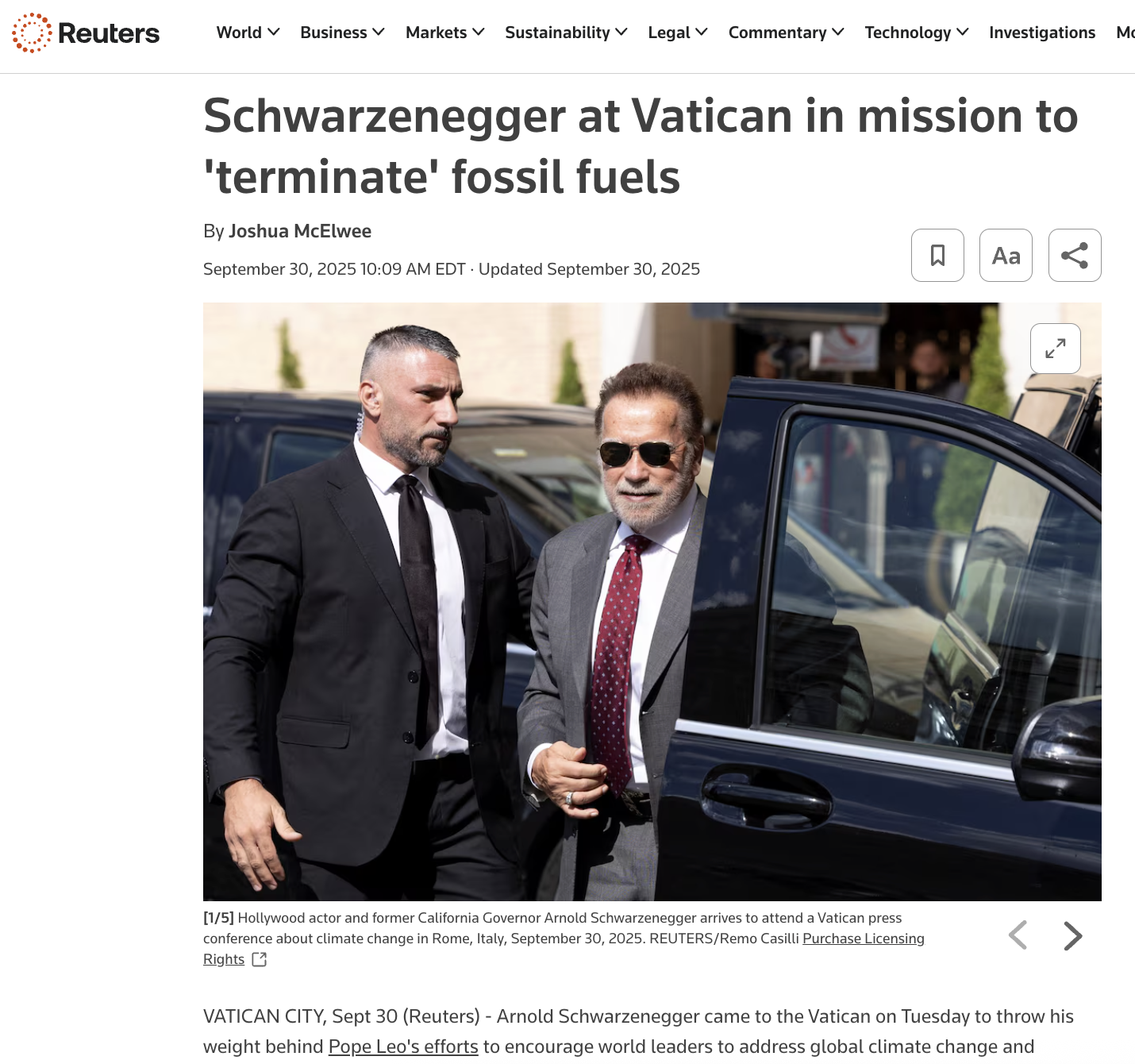Excerpt: At first blush, it would seem that warmer seas would fuel more and stronger hurricanes, because tropical storms typically form and intensify when waters are at their peak temperatures. But in this case, nature is more complicated, and while warmer oceans may be more favorable in a warmer world, other factors appear to temper hurricane activity
…
A paper (see abstract) came out in 2010 in Nature Geoscience. It was authored by a working group established by the World Meteorological Organization to study the effect of climate change on hurricane activity. Its members included scientists who are both very bullish on climate change increasing damage from hurricanes (i.e. Greg Holland) and scientists who are not (Chris Landsea).
Here were the paper’s main conclusions:
After studying past and present hurricane data they did not conclusively find any detectable human influence on hurricane activity.
Studies indicate more likely than not an increase in the numbers of the more intense hurricanes globally, perhaps 2 to 11 percent by 2100.
Scientists also found increased evidence that, globally, the number of tropical storms is likely to decrease by 6 to 34 percent by 2100.
There is some evidence that hurricanes will produce more rainfall in a warmer world.
For more of a discussion on the Nature Geoscience paper, see this blog entry I did at the time.
…
Perhaps these temperatures are a fraction of a degree warmer due to climate change, and perhaps not. North Atlantic sea surface temperatures have generally been above normal since 1995 due to a natural feature called the Atlantic Multidecadal Oscillation.
Moreover the recent strengthening of Hurricane Sandy is attributable, in large measure, to baroclinic forcing. This is a technical term that represents the collision of very warm air (Sandy) with very cold air (a strong cold front moving southeast from Canada). The collision of these air masses is providing energy to Sandy.
In other words, cold air is in some sense allowing Sandy to strengthen. Cold air.




